In the mechanical transmission system, the clutch assembly undertakes the key tasks of power transmission and interruption, and its performance directly affects the reliability, control experience and service life of the whole machine. The reason why the 395 clutch assembly can maintain stable performance under harsh working conditions lies in the scientific selection and application optimization of its materials. The synergy of modern composite materials, special alloys and precision bearings enables it to achieve a precise balance between heat resistance, wear resistance, structural strength and ease of operation, so as to adapt to the needs of efficient transmission under different load conditions.
As the core component of the clutch assembly, the material properties of the friction plate directly determine the reliability and durability of power transmission. The high-performance composite material used in the 395 clutch assembly achieves the best balance between heat resistance and wear resistance. Although traditional asbestos-based friction materials have good heat resistance, they are prone to performance degradation at high temperatures. Modern non-asbestos organic (NAO) composite materials significantly improve high-temperature stability by optimizing fiber-reinforced matrix and friction modifiers. The friction coefficient of the composite material is precisely controlled to ensure stable torque transmission in different temperature ranges and avoid slipping or shaking caused by thermal attenuation. In addition, the improvement of wear resistance reduces material loss after long-term use, extends the maintenance cycle, and enables the clutch to maintain efficient transmission under frequent engagement and disengagement conditions.
As a key component that withstands high mechanical stress, the material selection of the pressure plate directly affects the overall reliability and operating feel of the clutch. The 395 clutch assembly adopts special alloy casting or forging technology to strictly control weight distribution while ensuring high structural strength. Although the traditional cast iron pressure plate has good rigidity, it is heavy, which increases the inertial load and affects the gear shift response speed. The optimized alloy material achieves a balance between lightweight and deformation resistance by adjusting the ratio of elements such as carbon, silicon, and manganese, which not only avoids the risk of instability during high-speed rotation, but also reduces the operating force of the clutch pedal, allowing the driver to control the power engagement process more accurately. In addition, the heat treatment process on the surface of the pressure plate further improves its wear resistance and thermal fatigue resistance, ensuring that it can maintain stable flatness under long-term high-load operation and avoid clutch jitter or abnormal noise caused by deformation.
As a key link in the clutch control system, the release bearing's materials and manufacturing processes directly affect the smoothness and durability of operation. The 395 clutch assembly uses a high-precision bearing unit, which significantly reduces friction resistance by optimizing the raceway design and cage material, making the clutch pedal easier to operate. Traditional release bearings are prone to early wear due to insufficient lubrication or impurity intrusion after long-term use, while modern sealed bearings use special alloy steel and long-lasting grease to effectively isolate external pollution and reduce internal friction loss. In addition, the rigidity optimization of the bearing seat material further suppresses force deformation, ensuring that the force transmission during the separation process is linear and accurate, and avoiding incomplete clutch separation or abnormal wear caused by eccentric wear or jamming.
The coordinated optimization of materials is not only reflected in the performance improvement of a single component, but also in the matching design of the entire system. The 395 clutch assembly builds an efficient and stable power transmission system through the complementary material properties of the friction plate, pressure plate and bearing. For example, the heat resistance of the friction plate reduces the heat load of the pressure plate, while the high rigidity of the pressure plate provides a stable support surface for the friction plate, and the precise operation of the bearing ensures the fast response of the clutch. This systematic material application strategy enables the clutch to maintain performance consistency under extreme conditions, whether it is frequent start-stop city driving or continuous high-load engineering operations, it can provide reliable power control.
In the long run, the progress of materials science continues to promote the performance optimization of the clutch assembly. The material system used in the 395 clutch assembly not only meets the current use needs, but also reserves space for future technological upgrades. For example, the potential application of carbon fiber reinforced composite materials can further improve the high-temperature stability of the friction plate, and the exploration of new lightweight alloys is expected to further reduce the rotational inertia of the pressure plate. These possibilities for continuous optimization enable the 395 clutch assembly to adapt to more efficient and durable future transmission needs while maintaining its existing performance advantages.
The excellent performance of the 395 clutch assembly is not accidental, but is based on a deep understanding and precise application of materials science. Through the balance of heat resistance and wear resistance of composite materials, the strength and lightness of special alloys, and the low-friction and long-lasting design of precision bearings, this product has achieved the optimal solution between the reliability of power transmission, operating comfort and service life. This material-centric performance optimization strategy not only reflects the technological level of modern machinery manufacturing, but also provides a reference engineering idea for the future development of clutches.
 English
English русский
русский
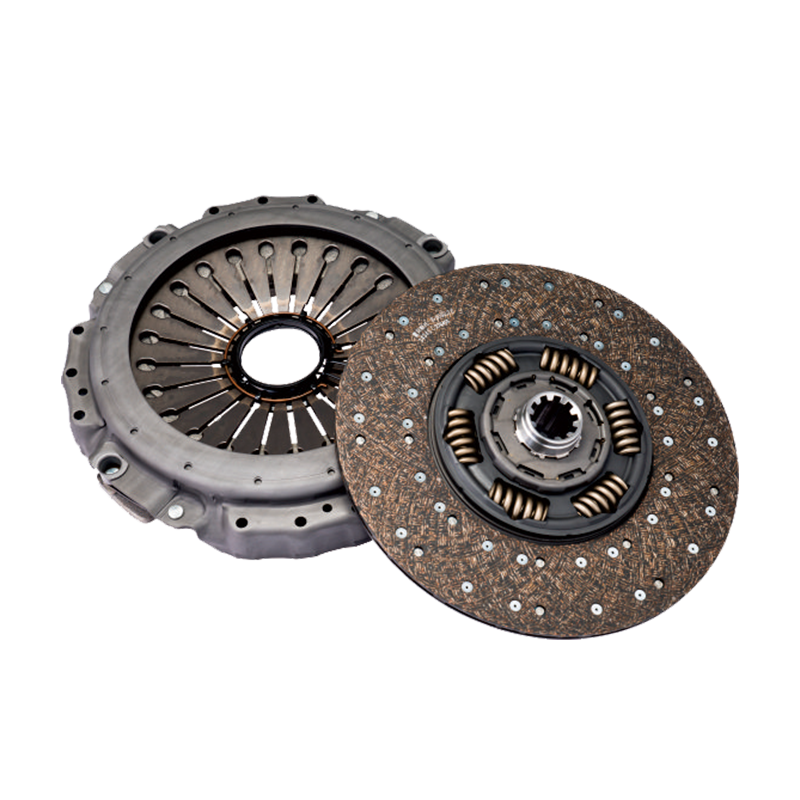
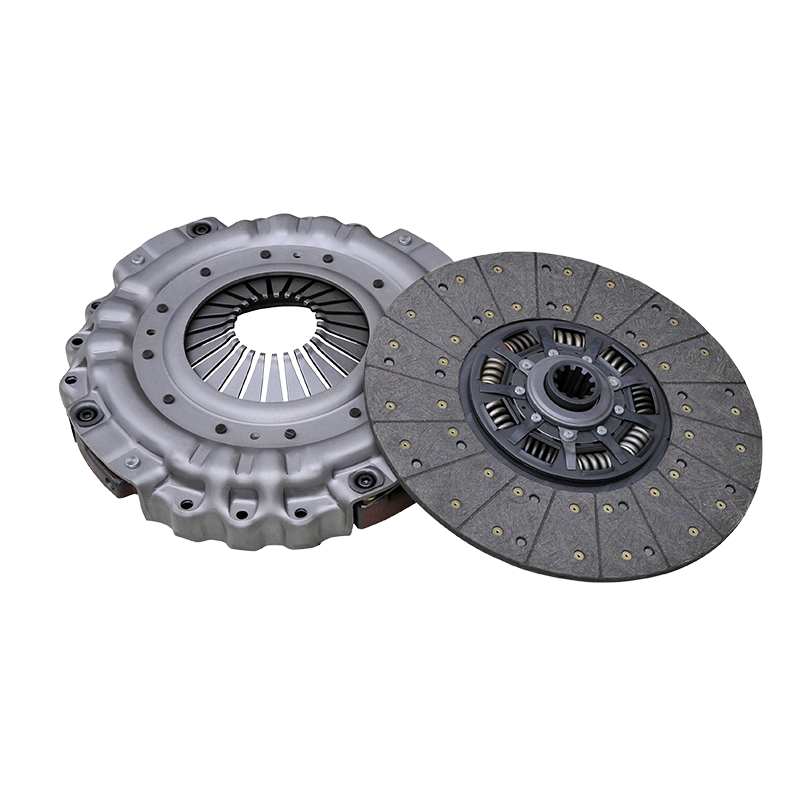
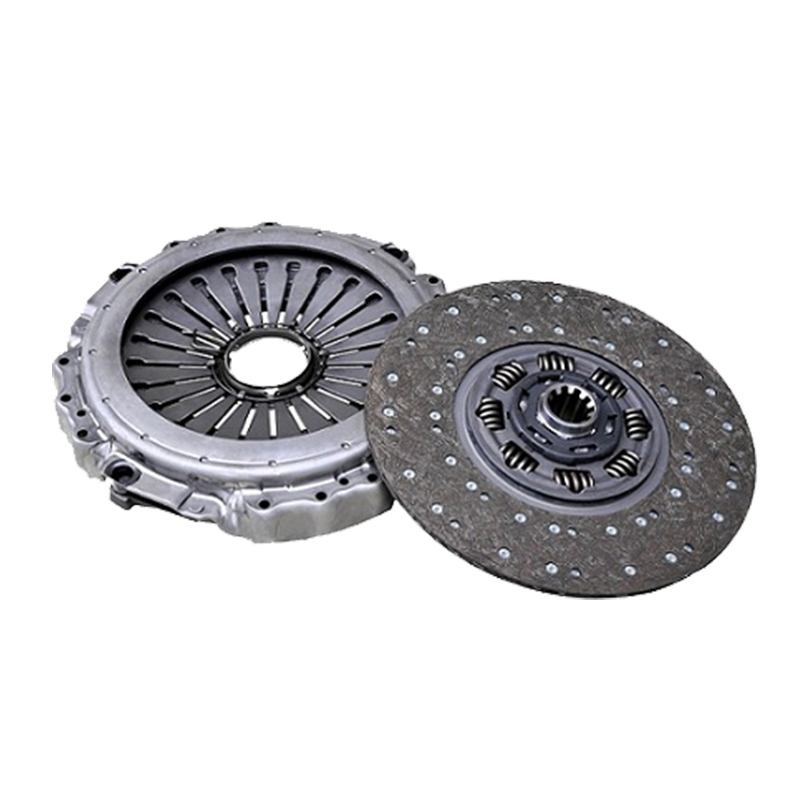
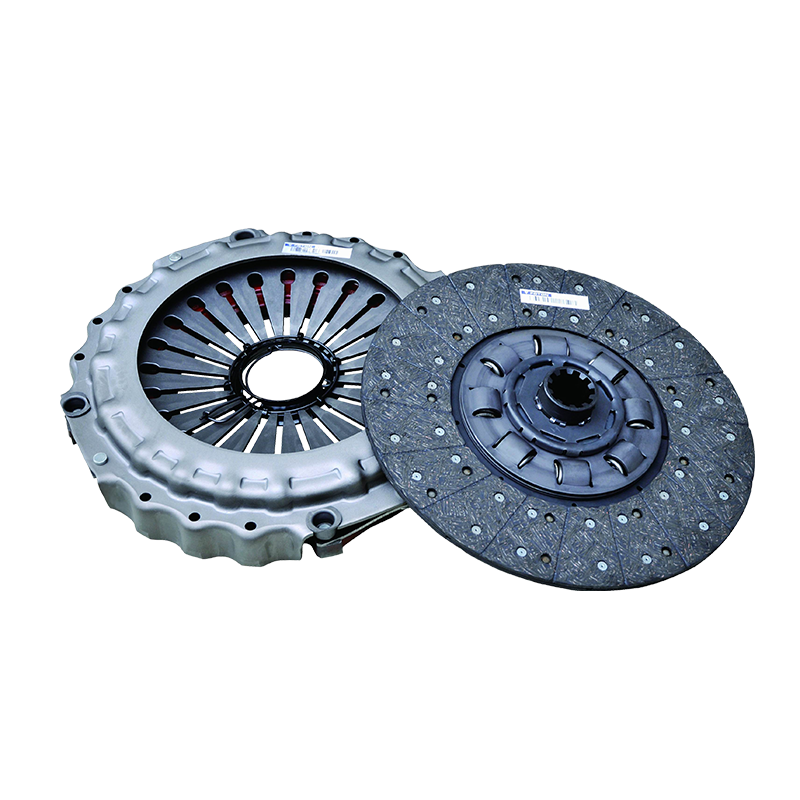
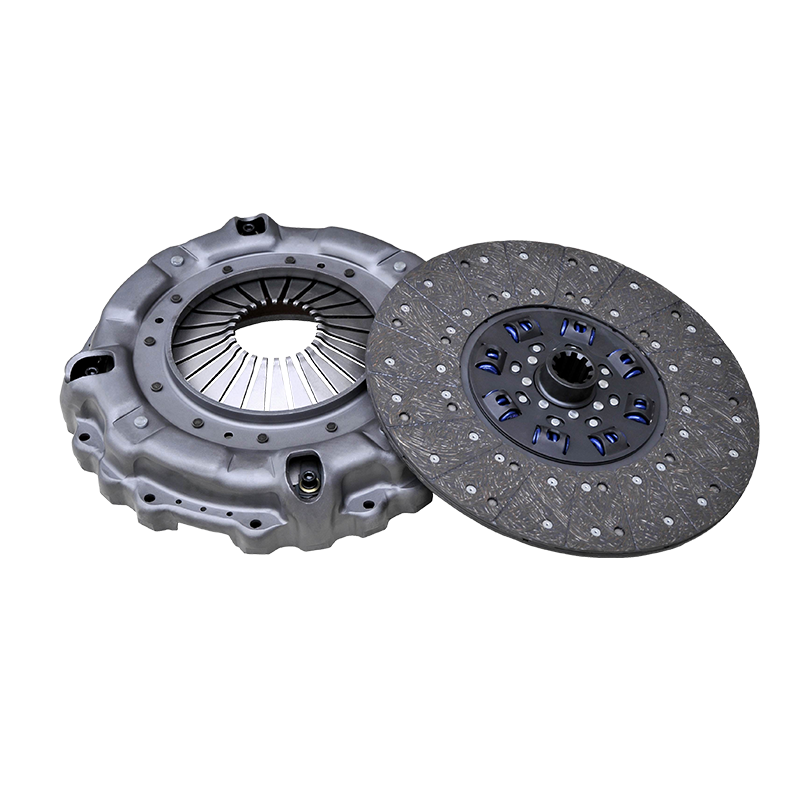
 English
English  No.25, Hu Chuang Road, New District Industrial Park, Suzhou, Jiangsu, China.
No.25, Hu Chuang Road, New District Industrial Park, Suzhou, Jiangsu, China.  +86-13338663262
+86-13338663262 
